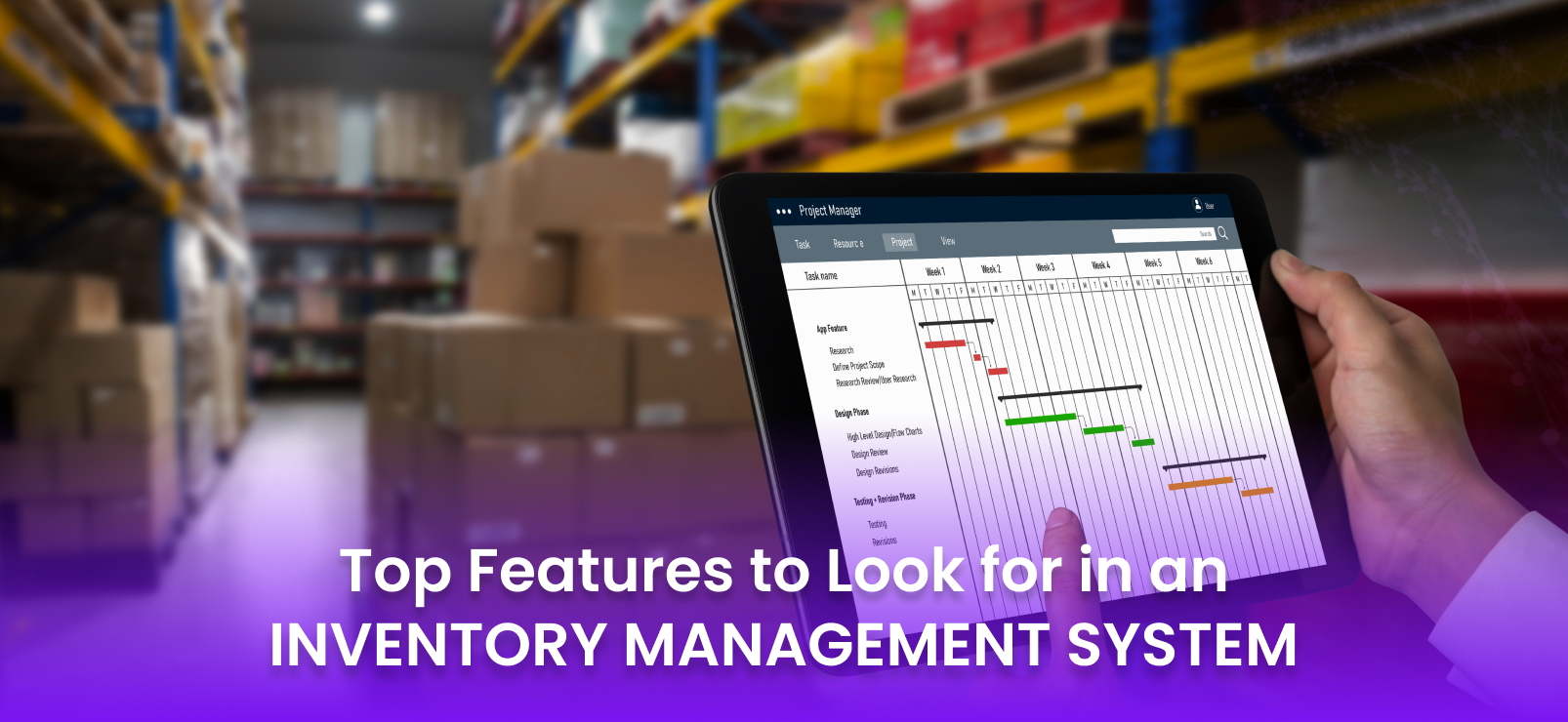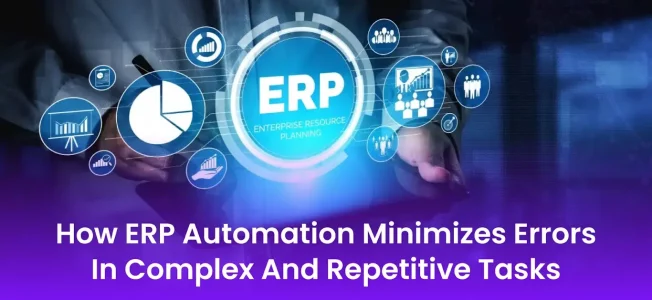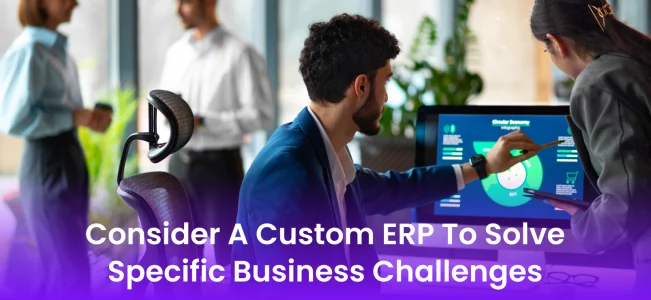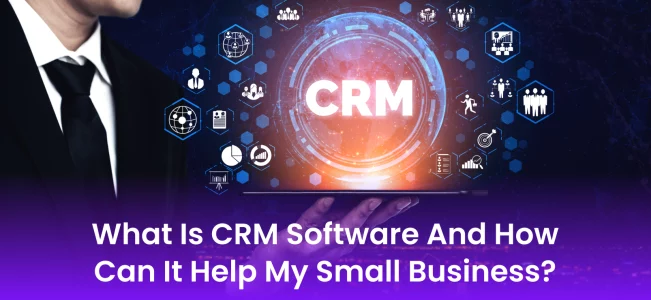Top Features To Look For In Inventory Management System
Choosing the right inventory management system is based on comprehending your business needs and industry requirements. The system must be capable enough to support purchasing, sales analysis, and inventory management across wholesale, ecommerce, or manufacturing. As businesses shift towards retail or online models, the system must allow SKU tracking and order fulfillment. Key questions during your search and RFP process will help recognize the features that best fulfill your business requirements.
Let our ERP experts streamline your inventory today!
Contact CERP Suite Now!Top Features of an Inventory Management
Based on our years of consulting experience in inventory management from several different industries and product categories, here are the top six most crucial inventory management features that you should look for when selecting a system.
-
Improved Inventory Control and Forecasting/Projection
The system must offer a detailed SKU master file with product data, forecast demand based on sales rates and lead times, and support multi-channel tracking for wholesale, ecommerce, and retail. It must simplify the processes of purchasing, support sales, and stock planning, track raw materials, finished goods, and lot numbers for compliance, and kitt with components and labor.
-
Barcoding & Scanning
A barcode refers to a machine-readable visual representation of data, often associated with SKUs, lot numbers, or orders. When scanned, it shows significant information for users to take action. While barcode functionality might be offered by the WMS vendor, the inventory application must support its use for efficient data access and management.
-
Improved, Actionable Inventory Analysis
Inventory management systems offer built-in analysis for tracking key metrics such as, inventory turnover and GROI. They offer dashboards for overstock liquidation applicants, purchase orders, and stock outs, allowing actionable data. They also help with prioritizing tasks and enabling ad hoc research, to track product categories and vendors. Merchants can include comments for detailed analysis.
-
Configurability
The system must allow for adaptable configuration to meet the requirements of different business entities, offering a unique “look and feel” for each. It should support configurations like tracking sales and stock by product style, size, or SKU, setting user roles with data security permissions, controlling various hardware interfaces, and adapting to your expense accounting structure without requiring customization.
-
Integration and Interfaces
If key functionalities can’t be sourced from a single system, key integrations include tightly linking Inventory Management Systems (IMS) and Warehouse Management Systems (WMS), with the IMS serving as the primary system. It’s vital to integrate with customer-facing systems such as retail point-of-sale and websites, along with other interfaces for planning, data analytics, and UPC barcodes. Also, smooth integration with business accounting systems for precise financial reporting, including inventory costing methods (e.g., FIFO, average cost, retail), is required. The employment of these integrations may involve surplus add-ons and associated costs.
-
On-premise versus Software as a Service and Cloud system
Cloud-based and SaaS models provide more reasonable and faster-to-implement inventory management systems, as they are grounded on user count and data storage, decreasing internal IT involvement. The important question is defining the right IT strategy for your company.
Conclusion
Choosing the right inventory management system includes understanding your business demands and industry needs. Focus on the key features, which include forecasting, barcoding, actionable analysis, configurability, integrations, and selecting between cloud or on-premise solutions. These enable businesses to improve efficiency, decrease costs, and improve overall performance. Connect with CERPSuite for your ERP requirements, simplifying your inventory management and boosting business productivity today.
Optimize inventory with our ERP experts' tailored solutions!
Contact CERP Suite Now!












